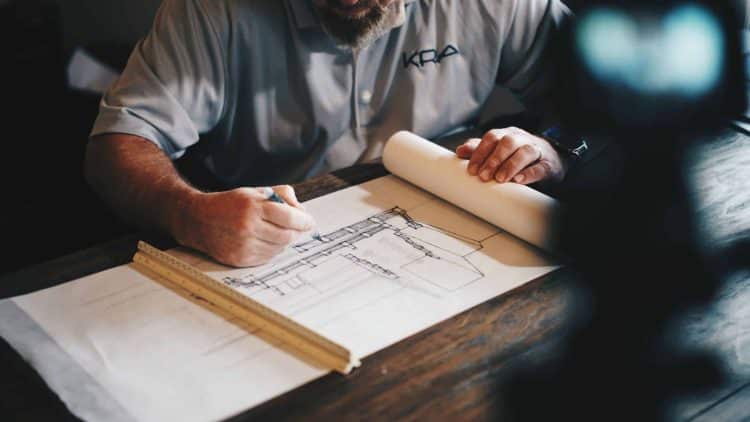The cannabis industry has grown at a rapid pace causing an increase in the number of professional extraction facilities. In the past,some extraction businesses worked out of unorthodox places like shipping containers, attics, trailers, rental property, or shopping centers. Professional facilities require sophisticated equipment and laboratory spaces,and there are some essentials to extraction facility design.
Planning and Configuration
While custom extraction lab layouts are possible, most are constructed using a standard configuration that’s designed for maximum efficiency. Architectural plans by a reputable architect ensure that the facility meets the state’s commercial lab and kitchen standards. The planning phase usually includes engineers and a designer as well.
The standards are rigorous, for instance, like the requirement that all surfaces must be cleanable with disinfecting solutions. The extraction room must also have a hand sink and be located near restrooms. Usually, the “safety envelope,” a report that explains how to control safe operations in a facility, encompasses these safety standards and its’s amalgamation is critical for the approval process that local governments use. THC Safety Inc. explains on their website that the “safety envelope”report guides the planning and construction phases of designing an extraction facility.
Heating, ventilation, and air conditioning (HVAC) systems are critical for proper ventilation and maintaining temperature control, especially for processes using alcohol and hydrocarbons. Also, extraction methods using CO2 necessitate asphyxiation warnings.
Power and plumbing needs are also calculated during this stage. Household power is typically single phase and either 110 or 220V while industrial operations require three-phasesthat can be 208V, 230V, or 480V.
OSHA Requirements
Extraction equipment is noisy, and OSHA requires hearing protection for noise levels over 85 dBA that last for long periods of time. Heat and vibration due to the extraction equipment are other factors to consider. HVAC safely removes heat generated by machinery. Spring isolators or elastic bedding under or in the equipment significantly reduces vibrations.
Maintenance and Repair
Unknown repairs can wreak havoc on a facility without proper planning. It is critical to leave enough room around equipment to perform regular maintenance and repairs.
Startup costs for extraction businesses often cost between $400,000 to $800,000, including the lease of the building. These figures may seem expensive,but proper planning ensures an excellent ROI and competitive advantage.
These are just a few of the many variables to consider when designing an extraction facility. Successful businesses revolve around planning and compliance. Thankfully, there are entities that specialize in this sector of the cannabis industry, and their expertise can be invaluable.











